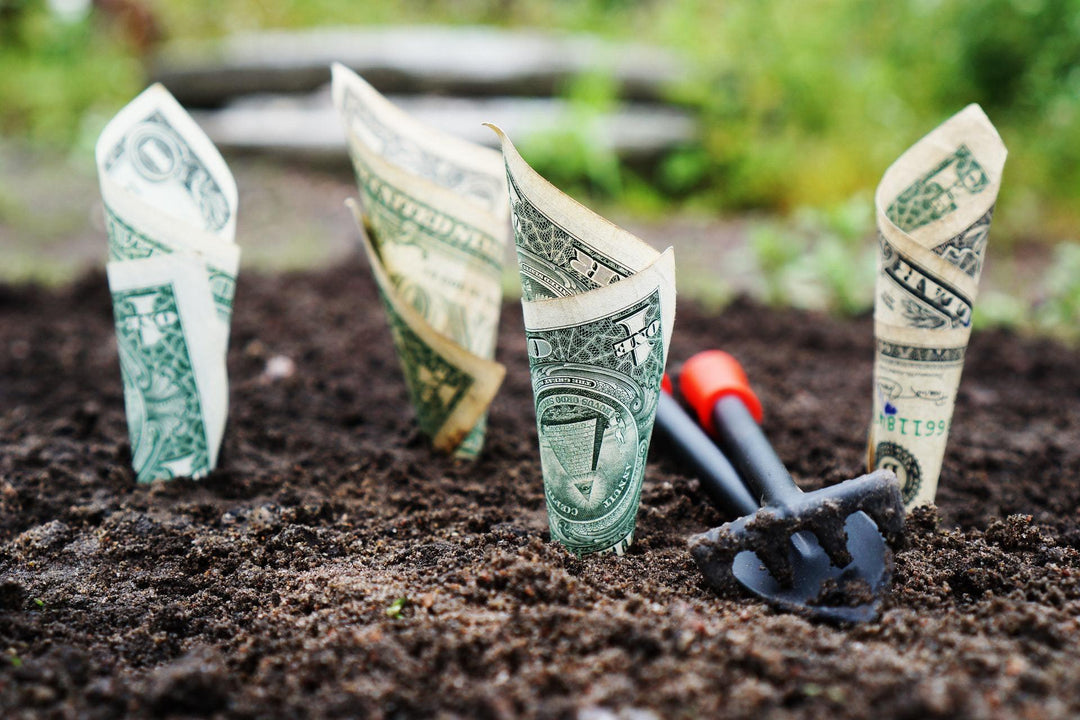
Every Tool You Need To Start With Bonsai Trees
With any hobby, there are likely some special tools of the trade that you’ll need. Bonsai is no different.
Also like any hobby, special tools have a special price attached…
Thankfully, I’ve found that while there are some special tools that you need to work with bonsai trees, some are easily replaced with everyday household items at a fraction of the cost.
The bonus is that I’ve actually found some to work better than the “specialty” tools!
First, let’s start off with the basics. These are the tools you need to work on bonsai trees at any level.
Spray Bottle
If you have an indoor bonsai, you’ll need to water it. If it’s indoors, it’s probably tropical as well which means it would love a daily misting to help keep it humid.
That’s where a simple spray bottle comes in.
Bonsai Watering Can Or Hose Sprayer
Like all plants, bonsai’s love water (obviously.)
But these are delicate little trees here. They can’t just be hosed down like your other house or garden plants.
That would disrupt the soil and lead to a ton of erosion and exposed roots.
Not good.
The solution is a specialty watering can like this one:
Or, you can simply use a hose attachment with adjustable water flow.
Which is exactly what I do. I can use it on my bonsai collection, and on my normal garden plants.
If you hate uni-taskers like me, this is the solution for outdoor watering.
Here’s a great one on Amazon for about $20.
Root Rake
When you repot your bonsai, you’ll need a good root rake. Those roots need to be free and clear from most dirt so you can maneuver them into their new pot and possibly give them a nice pruning — There’s no way around it.
You can pony up a few bucks and get a professional root rake, which I’ve done before, or you can make your own.
This is my home made root rake, created with a pair of pliers and a fork I picked up from my local dollar store. Total cost was…. $1 + tax, and it’s honestly the best root rake I’ve ever used (NOT FOR BIG ROOTS.)
To create this masterpiece yourself, you’ll need to get a cheap POS fork from a dollar store. Then, you use some pliers to bend the prongs into the shape of a rake. And finally, you use some needle nose pliers to separate those two outer prongs a bit — all to form the shape of a rake.
Wire
When shaping your bonsai, you need wire.
Shaping wire should be corrosion and rust resistant, and you need a few different thicknesses to train branches of different thickness.
Makes sense, right?
You can get any that you like, as long as they’re made from aluminum.
This is a great starter set that’s easy to work with.
Wire Cutters
To cut those wires, you need wire cutters.
If you don’t already have some laying around the house, garage or tool shed, grab a pair like this.
Literally anything like that will do.
Drainage Mesh
Whenever you plant a bonsai tree, you need to use drainage mesh to prevent your soil from running through the drainage hole at the bottom.
It’s 100% required, and I wouldn’t use the metal screen that you have in your windows.
This is one that can’t be substituted.
You have a ton of choices out there, but the drainage mesh that we sell is my favorite.
Concave Cutters
Concave cutters are probably the most advanced bonsai tool that you need that can’t be replaced with something non-bonsai specific.
The reasoning why you need concave cutters instead of any old wood cutting pliers or snips is that they are designed to cut through wood, and cut it flat (instead of at an angle like other cutters would.)
If you need to trim some branches off, and you will, this is what you need.
Wound Sealer
When you cut and prune your bonsai, you need to seal the wound. An open wound on a tree lets crucial moisture escape, which is not something we can have on our delicate little trees.
To avoid this, you need to use a wound sealer every time you prune a branch.
You can use this Japanese would sealant if you like. It’s amazing stuff:
I’ve used it and loved it. But there’s something else I like slightly better:
Yup. Plain old Elmers glue.
It works great, you can buy it anywhere, and it’s really easy to work with.
The only problem you have is that it dries white, which doesn’t look super great. To remedy this, you can just sprinkle some dirt on it to match the color of your tree bark.
Note: You should not seal roots when you prune them. Moisture is supposed to flow through that wood…
Trimming Shears
For smaller branches, pine needles or even some leaves that you don’t want to pluck off by hand, you’ll need trimming shears.
Think of it like hair-cutting scissors for your bonsai.
You can get a fancy one like this, or just use nail trimming scissors for smaller branches (which I got at the same dollar store that had my root-rake forks.)
Water Tester (Optional.)
If you want to be sure your favorite little trees aren’t drying out, you should make use of a water tester.
You have 3 options:
- A moisture meter. (foolproof option.)
- Chopsticks.
- Your finger.
Each of these three tools can go into the soil about an inch or so and tell you if it’s dry or not.
These 10 items are crucial in any bonsai tool kit. Sure, you can go and buy a full toolkit full of things you need (and probably a ton of things you don’t,) but if you want the essentials without all of the flare, this is really all you need (besides patience.)
The goal isn’t to be cheap with our bonsai collection. The goal is to be frugal.
We should spend our hard earned money on plant stock, pots, training and supplies we actually need. Not throwing it into tools that we really don’t need until we get to the master levels.
If you want the professional level tools and supplies, more power to you. That’s your choice.
It’s not a requirement.
Do you want to read more bonsai content like this?
Enter your info below to get fresh bonsai tips, tricks, photo collections and exclusive subscriber-only content delivered to your inbox every now and again.







Comments
Leave a comment